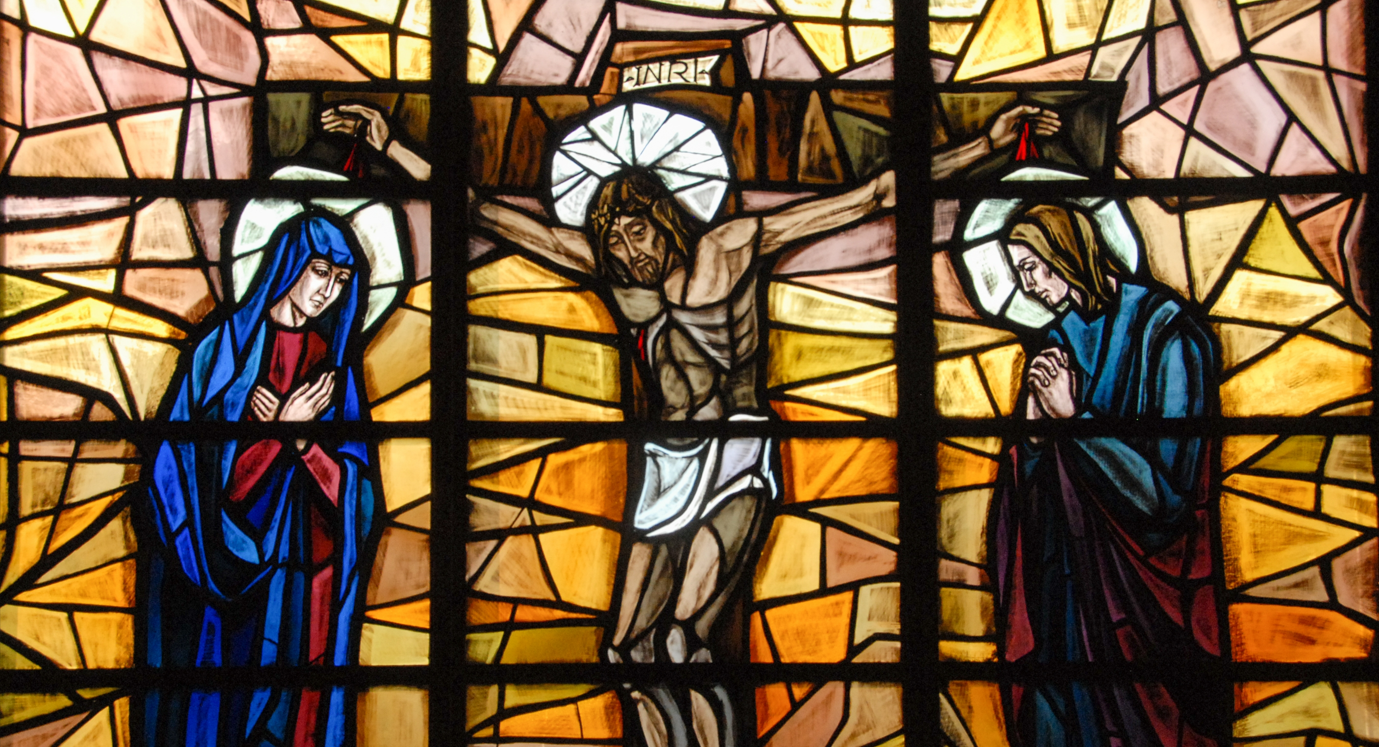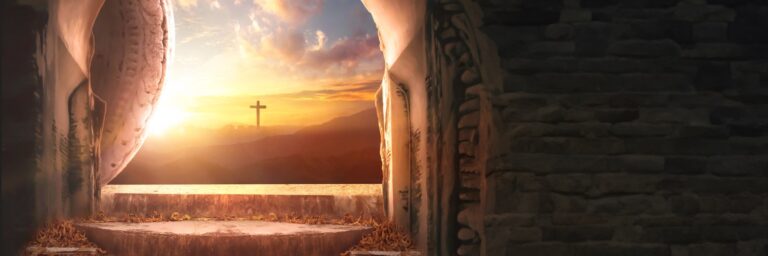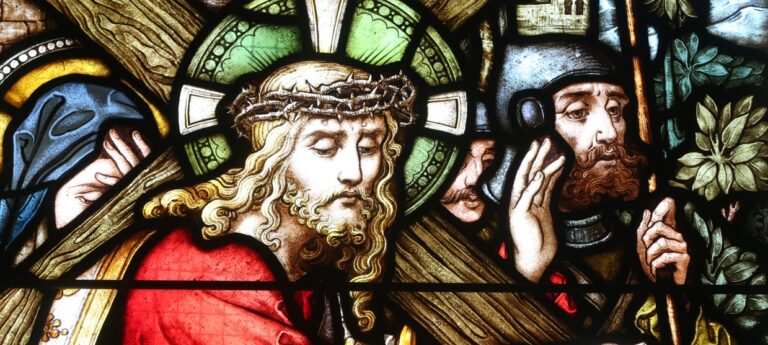
GOOD FRIDAY

The Good Friday service, with its sombre hymns, silence, bare altar and empty tabernacle, is one of most moving liturgies of the year. There’s something about knowing that around the world at this particular moment on a Friday afternoon, as Christians are recalling one of the darkest moments in the life of Christ, that I find comforting in its shared remorse.
Of course, we also know — unlike the followers of Jesus at that time — that the Resurrection is just around the corner. But before the joy of Easter must come the sadness of Christ’s Passion.
I find particularly moving the singing in many parishes of that old African-American spiritual, Were You There, asking us to imagine ourselves in the crowd during the crucifixion. It’s worth recalling the lyrics:
Were you there when they crucified my Lord?
Oh, were you there when they crucified my Lord?
(Oh, sometimes it causes me to tremble) tremble
Were you there when they crucified my Lord?
Were you there when they nailed Him to the cross?
Were you there when they nailed Him to the cross?
(Oh, sometimes it causes me to tremble) tremble
Were you there when they nailed Him to the cross?
Were you there when they laid Him in the tomb?
Were you there when they laid Him in the tomb?
Oh, sometimes it causes me to tremble) tremble
Were you there when they laid Him in the tomb?
Well, were you there when the stone was rolled away?
Were you there when the stone was rolled away?
(Oh, sometimes it causes me to tremble) tremble
Were you there when the stone was rolled away?
Here we are called to identify with Christ’s suffering. And though the song suggests we listeners are bystanders to the action, singing it during the Good Friday service pushes us to take another step and reflect on what responsibility we collectively must assume in His cruel execution.
How can we assume any guilt for something that happened 2,000 years ago? For Good Friday to resonate with us today, we need to take it out of history and reimagine it into our own time and place. How do we “crucify my Lord” today? How do we “nail Him to the cross.”
As we look for the answers to those questions, Matthew 25: 31-46 offers guidance. In this Gospel passage, Jesus teaches on who will enter into the kingdom of heaven. Those who feed the hungry, quench the thirst of those who have no water, clothe the naked, welcome the stranger and visit prisoners and the sick are among those God favours. “Truly, I say to you, as you did it to one of the least of these my brothers, you did it to me.”
Conversely, those who fail to recognize Christ in others and fail to do the right thing for them can be likened to those in the crowd who participated in His crucifixion.
Human beings, being what we are, often fall on both sides of this divide. It bears pondering as we participate in the Good Friday service this year: our actions define who we are. Do we truly mourn the crucifixion or are we among the mob that called for the freeing of Barabbas?
Joseph Sinasac is Executive Director of Novalis Publishing. He has been involved with religious communications for more than 40 years as an author, journalist, editor and TV and radio commentator on all things Catholic. He continues to be excited by the commitment and passion of the Catholics he meets in his daily work.



That was a superb reflection, Joe. Thanks so much. You really helped me to enter into the timeless reality of Good Friday.